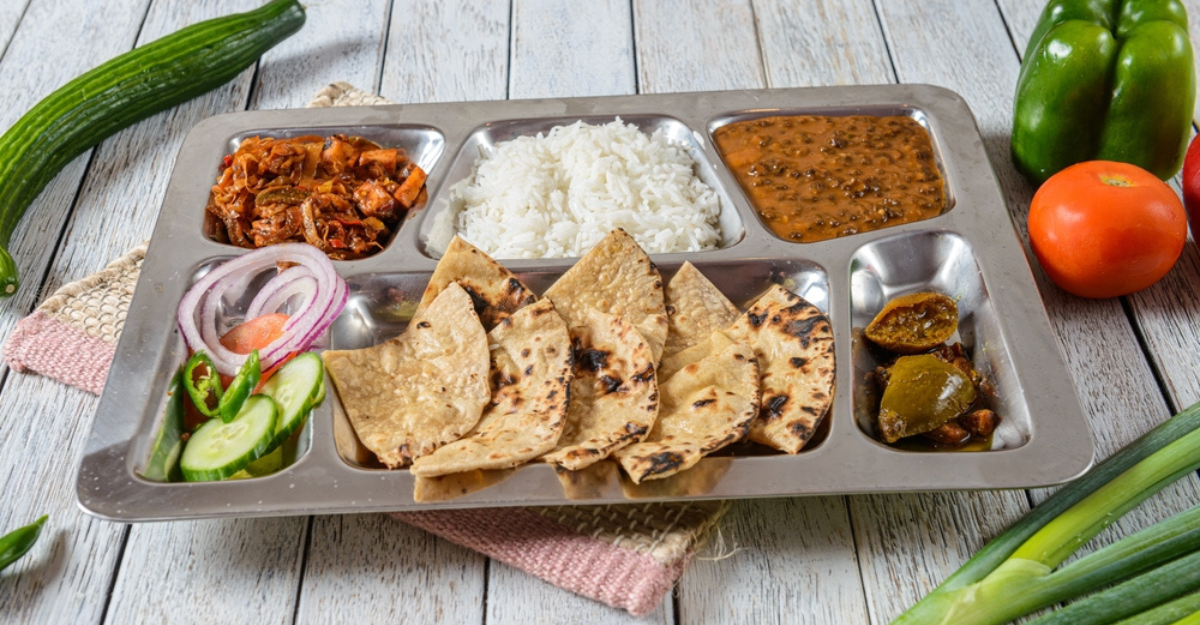Uncover the Enchantment of Customary Indian Cuisine Recipes: Made-at-Home Treats for All Tastes
- 164 Views
- Tanu Sharma
- 25 June 2024
- Food and Recipes
The Rich Heritage of Indian Cuisine: A Culinary Journey
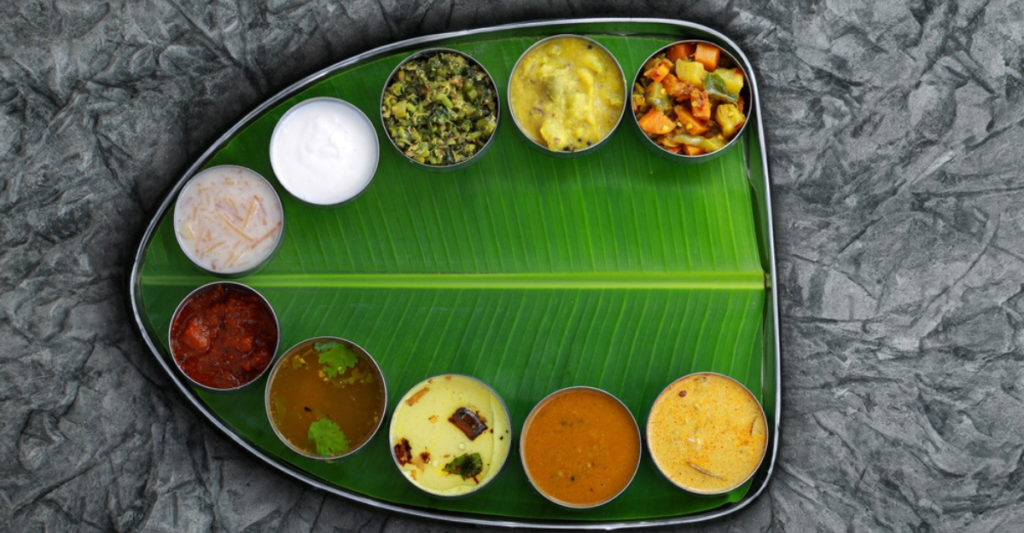
Indian cuisine is a tapestry of flavors, woven together by centuries of cultural exchange and regional diversity. From the snow-capped Himalayas to the tropical shores of Kerala, each region boasts its own unique culinary traditions, creating a gastronomic landscape as varied as India itself. The history of Indian food is deeply intertwined with the subcontinent’s rich heritage, reflecting influences from ancient civilizations, foreign invasions, and religious practices.
The skill of combining spices is fundamental to Indian cooking. Spice blends, or masalas, are expertly mixed to provide nuanced flavor profiles that entice the senses and provide nourishment for the body. These fragrant mixtures have therapeutic qualities in addition to improving food flavor, demonstrating Indian culture’s holistic view on food.
The true nature of Indian cuisine is greatly preserved by the use of traditional cooking techniques that have been passed down through the years. The breads prepared in a tandoor oven or the slow-cooked curries simmering in clay pots—these traditional methods give food a richness and personality that contemporary shortcuts just can’t match.
Ingredients You Must Have to Cook Real Indian Food at Home
Having a well-stocked pantry is necessary if you want to cook authentic Indian food at home. As the foundation of many recipes, start with a varied assortment of Indian spices, such as cardamom, cumin, coriander, and turmeric. Remember to use garam masala, a multipurpose spice combination that gives a lot of dishes body and warmth.
Another essential component of Indian cooking are lentils, which provide soups and dals structure and protein. For a variety of meals, stock up on several varieties such as black, yellow split- peas, and red lentils. For serving with curries and biryanis, rice varietals like basmati and jasmin are essential.
Herbs in their fresh form, such as mint and cilantro, give your food a zest and taste. Always have ghee, or clarified butter in general, on hand to add to savory and sweet dishes because of its rich, nutty flavor. Fresh Indian cheese called paneer gives curries a lovely texture and goes well with vegetarian meals.
You’ll be efficient to explore the lively world of Indian cuisine and produce real, savory meals that rival those you love from restaurants if you keep these basic ingredients in your kitchen.
Developing Your Talent in Indian Vegetarian Cooking
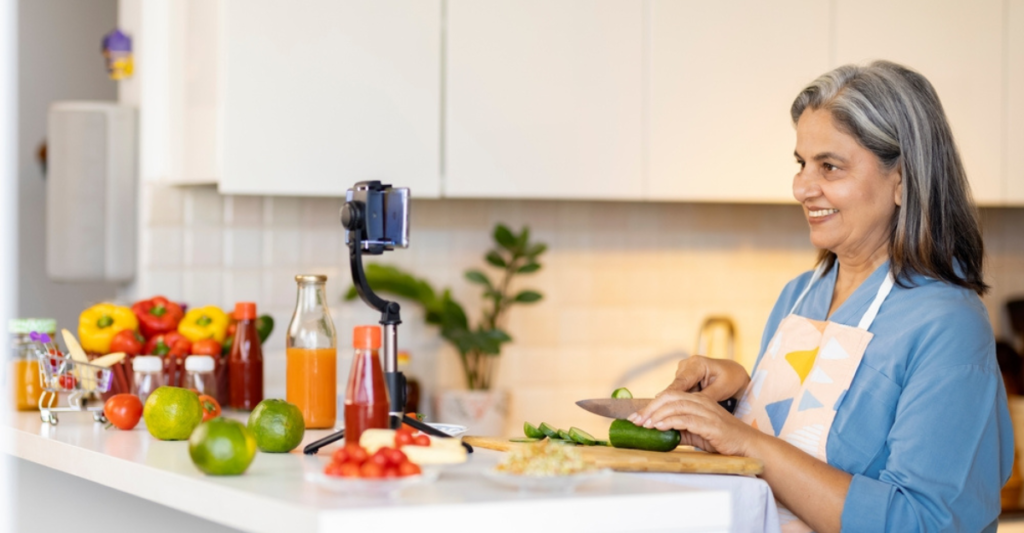
Gaining proficiency in Indian vegetarian cooking reveals an array of colorful tastes and wholesome dishes. Begin by honing your dal recipes, which are substantial lentil dishes that serve as the foundation for vegetarian Indian cuisine. Try varying the lentils and spice blends to get an array of delectable, high-protein alternatives.
Go ahead and explore the world of veggie curries next. These dishes highlight the incredible range of Indian vegetarian cookery, from the tangy zing of baingan bharta to the creamy depth of malai kofta. Remember to experiment with paneer meals, using this adaptable cheese in traditional recipes like the palak paneer or creative concoctions of your own.
Serve delicious vegetarian biryani to your visitors on special occasions to wow them. For a centerpiece that will steal the show, layer fragrant rice with a mix of veggies and spices. Lastly, add homemade chutneys to your meals to enrich them. These spicy condiments elevate even the most basic food to a culinary experience by adding a further dimension of taste.
You may increase the number of plant-based meals in your diet while also broadening your culinary horizons by learning these essential components of Indian vegetarian cooking.
Try These Delectable Indian Recipes That Aren’t Vegetarian at Home
Savor the delicious flavors of these non-vegetarian Indian recipes, which you can easily make in your own kitchen. Commence with the well-known butter chicken, a smooth curry made with tomatoes that goes great with naan bread.
If you enjoy tandoori flavors, consider preparing tandoori fish or chicken. The charred, smokey flavor will take you to India. Fans of seafood should not miss this delicious dish made with coconut milk and aromatic spices. Prepare a lamb biryani and stack the soft meat with aromatic rice and saffron for a genuinely royal meal.
And don’t overlook kebabs; these grilled delicacies, which range from seekh to shami, are ideal for parties or as a high-protein snack. Having these dishes in your repertoire.
Recipes for Indian Bread: From Naan to Roti
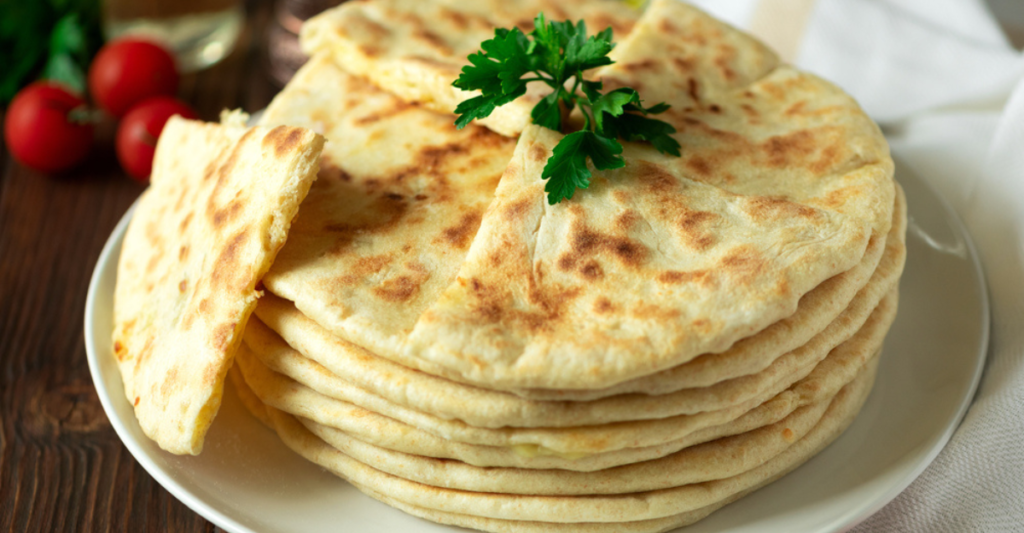
With our in-depth guide to making handmade roti, naan, and other Indian breads, discover the rich tapestry of Indian bread. You may wow your dinner guests and improve your Indian cuisine experience by becoming an expert chef with these dishes. Start with the pillowy softness of naan and use your home oven to achieve the traditional tandoor technique.
Now let’s talk about roti, where we’ll share the tips and tricks for getting those flawlessly circular shapes with golden brown patches. Discover the delicious world of paratha variations, ranging from the traditional aloo paratha to unique filled ones. Don’t miss our tried-and-true puri recipe for those deliciously crispy, puffy balls.
We have also made sure that everyone can enjoy these delicious Indian breads by including gluten-free versions. You will quickly become an excellent baker of real Indian breads with our detailed instructions and professional advice.
Sweet Finishes: Authentic Indian Desserts Made Simple
Treat your sweet craving to the delectable world of classic Indian desserts, which are now more simple to prepare than ever. Let’s begin with the classic gulab jamun, which are delicious dough balls drenched in syrup that melt in your tongue. You’ll quickly become skilled at making delicious treats with our streamlined recipe.
Explore the creamy world of kheer next; it’s a flexible rice pudding that you can tailor with your preferred spices and nuts. Do you want something more stylish? Try making your own kulfi, the cardamom- and pistachio-rich version of India’s ice cream. Learn how to make jalebi, the golden, syrupy spirals which are a mainstay of Indian festivals, for a crispy delight.
Not to be overlooked is the delicate modak, an edible dumpling that is surprisingly easy to form. You’ll be able to serve up real Indian desserts that are on par with those seen in any restaurant with these simple recipes. Why then wait? Explore the delicious world of Indian cooking and wow your loved ones with your improved cooking abilities.
Traditional Indian Food Prepared at Home Has Health Benefits
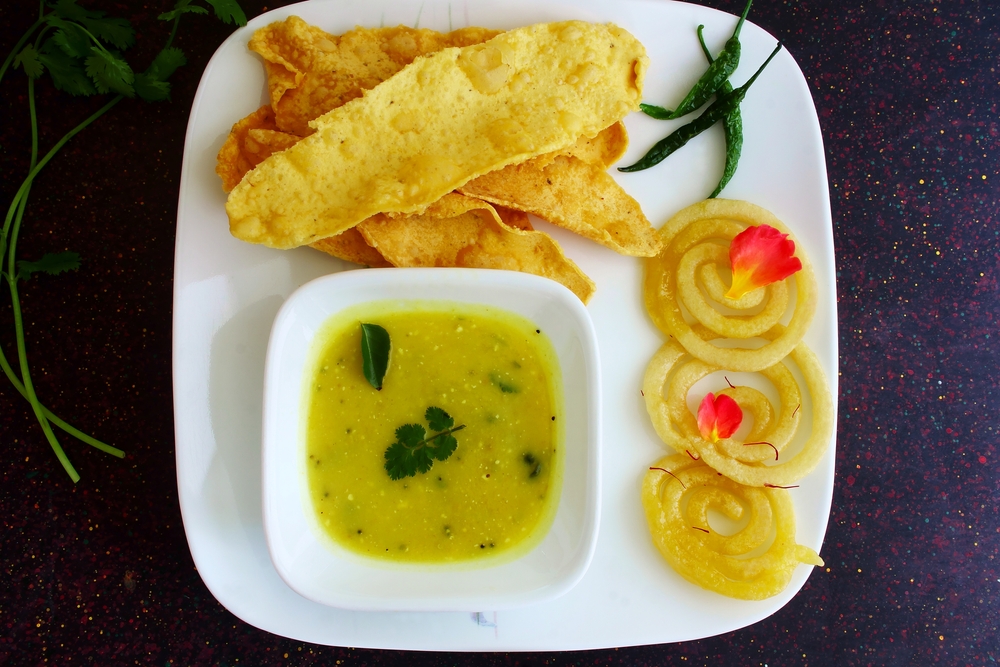
Cooking Indian food at home can lead to better health and wellbeing than merely enjoying mouthwatering flavors. Indian food, which has its roots in Ayurvedic medicine, has a wealth of health advantages that may turn regular meals into potent therapeutic rituals. For example, using turmeric liberally has strong antioxidant and anti-inflammatory benefits that may help prevent chronic illnesses. In addition to improving flavors, digestive spices like ginger, coriander, and cumin also support improved gut health and nutrient absorption.
Since you are in charge of the ingredients when you cook Indian food at home, you can guarantee a diet that is balanced and meets your demands. Additionally, a wide range of vitamins, minerals, and fiber are found in the varied assortment of fruits and vegetables, legumes, and whole grains that are frequently utilized in Indian cuisine. Additionally, a lot of Indian dishes include immune-stimulating elements like onions, garlic, and different herbs, which strengthen the immune system of the body. Making these meals at home is not just good for your body; it’s also an opportunity to embrace a centuries-old holistic health tradition that may greatly enhance your general well-being.
In conclusion, embrace the joy of preparing authentic Indian cuisine at home.
Learning how to prepare authentic Indian cuisine at home is a path that is definitely worthwhile. You will connect with a rich culinary legacy spanning thousands of years, in addition to indulging your taste buds with authentic delicacies. You’ll develop a greater understanding of the complex spice blends, cooking methods, and cultural importance of each meal by becoming an expert in these time-tested dishes.
Recall that while mastering Indian cooking requires patience and experience, the benefits are priceless. You’ll find yourself experimenting with flavors, putting your own special spin on time-honored recipes, and serving your culinary creations to those you care about as your confidence in your abilities grows. There is nothing like witnessing loved ones enjoy your home-cooked Indian cuisine.
Recent Posts
- The Rise of Samay Raina: A Comedian Redefining Indian Comedy
- Get Creative: Your Ultimate Guide to DIY and Crafts for Everyone
- Delicious Adventures: Your Ultimate Guide to Food and Recipes
- Best Places for Solo Travel in India: A Budget Traveler’s Guide
- Effective Parenting and Childcare: Nurturing Happy, Healthy, and Confident Children

